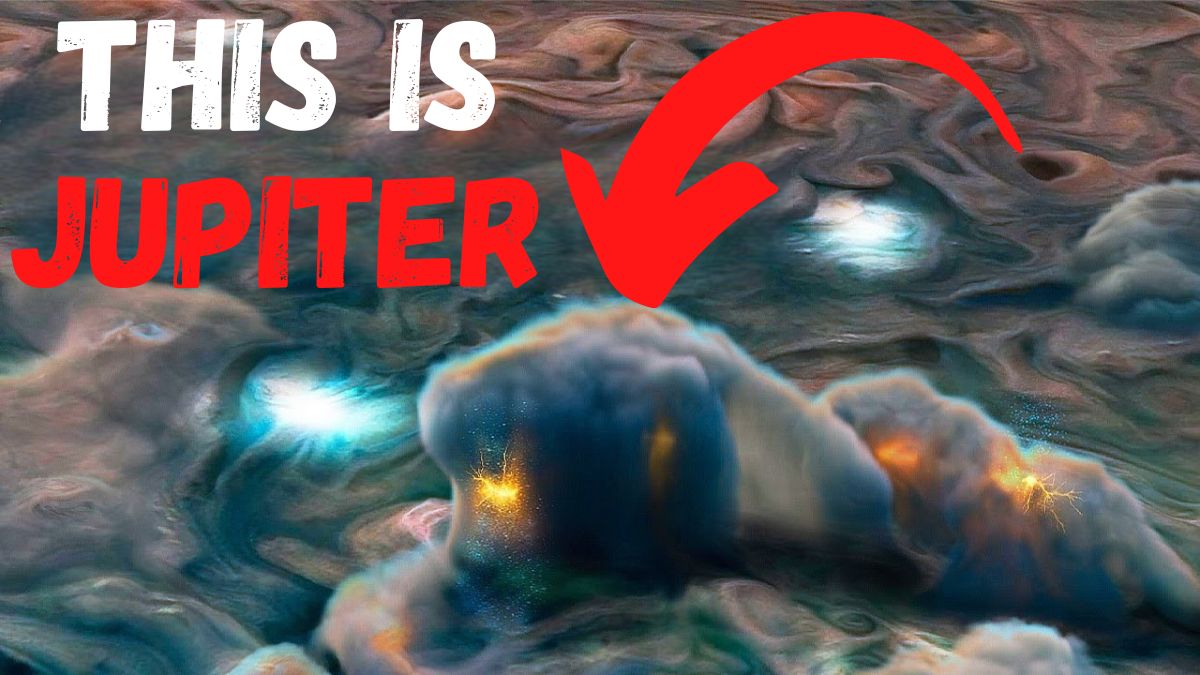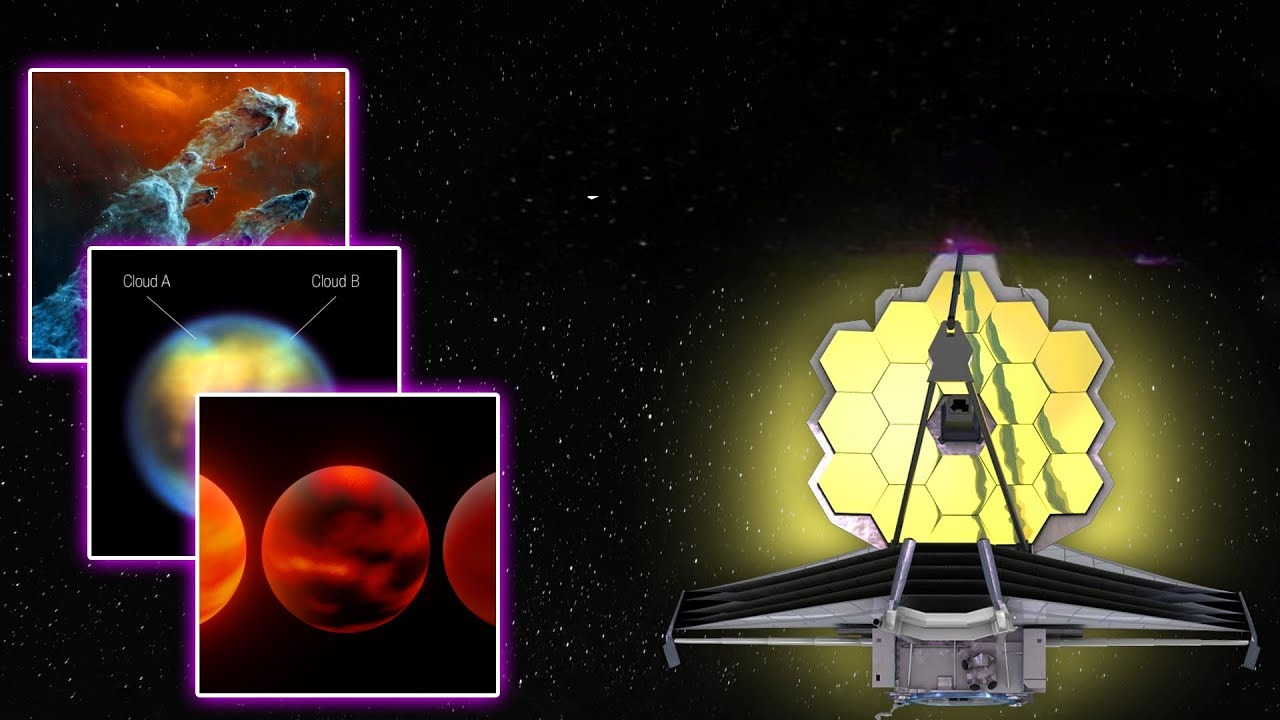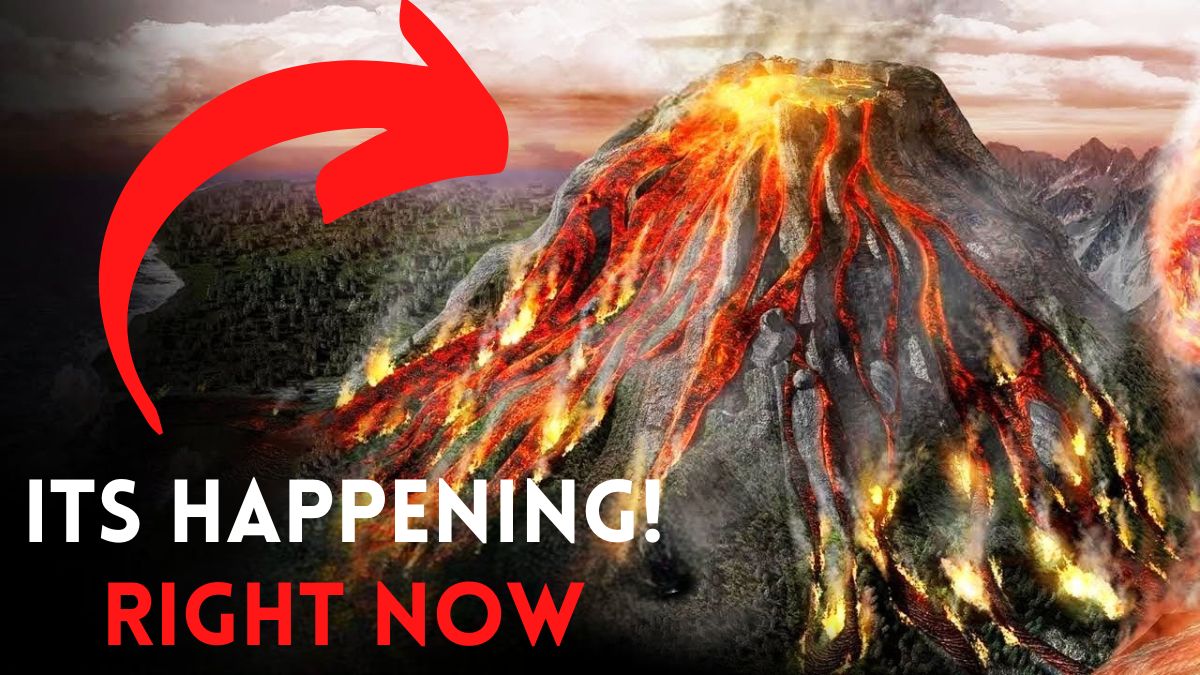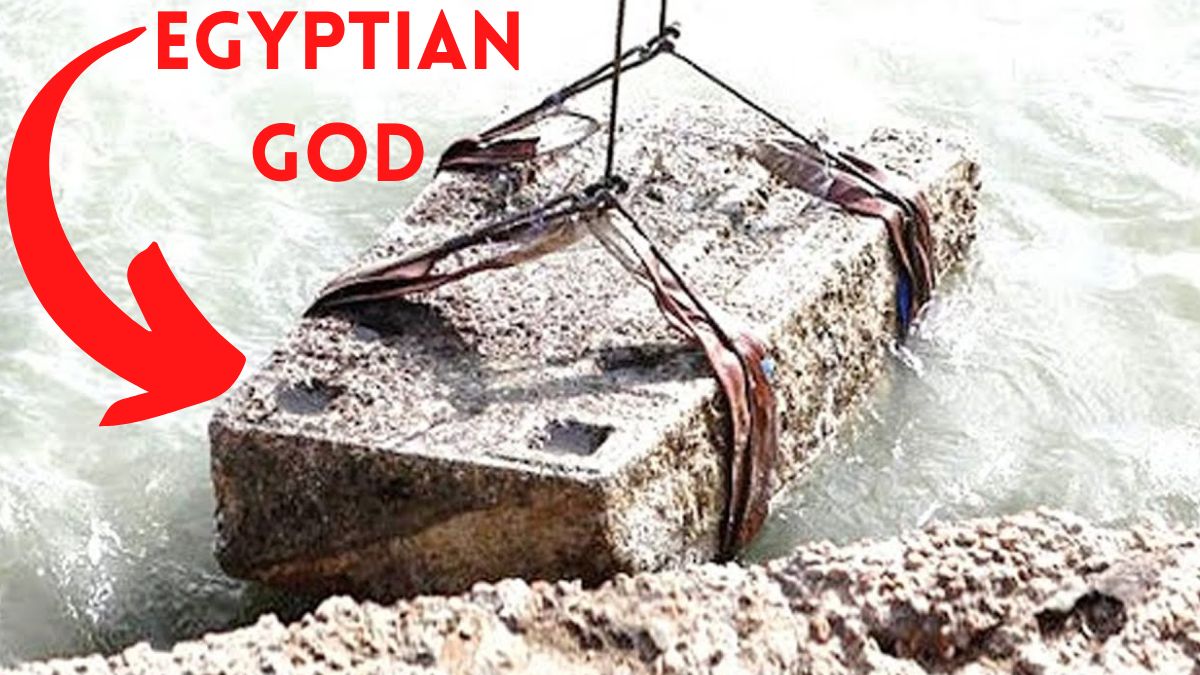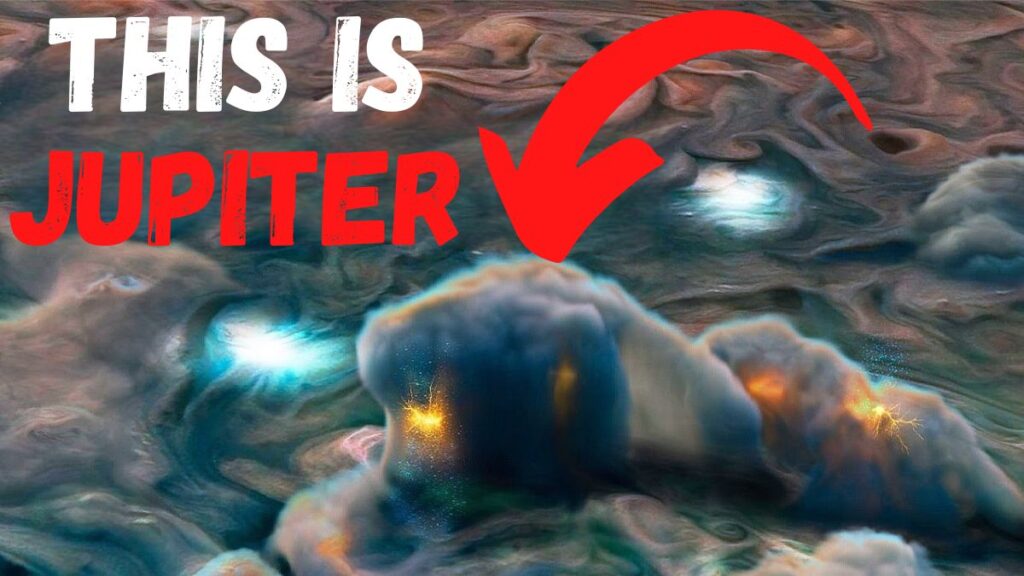
It’s been six years since Juno began orbiting Jupiter.
During that time, the probe has been busy gathering incredible images and data from the gaseous Giant.
In 2021, Juno began its extended mission beyond the initially planned 37 orbits to include flybys of Jupiter’s icy inner moons, Ganymede, Europa, and eventually IO.
It’s been over two decades since Galileo visited these moons and by studying changes in them, NASA hopes to understand what might be going on beneath their icy surfaces.
And without letting the cat out of the bag too soon, that appears to be a lot.
Also, thanks to the probe’s powerful cameras, JunoCam, and its Stellar Reference Unit navigation camera, Juno is taking some of the very best images we’ve had of these icy moons.
So, with the long-running mission’s end on the horizon as NASA plans to decommission the probe in September 2025, now seems like a good time to ask what Juno has seen.
Join us today as we view the stunning highlights of Juno’s extended mission and unpack the surprising discoveries that are already changing our understanding of the Jovian system.
Let’s start with a quick recap: Juno launched from Cape Canaveral, Florida in August 2011.
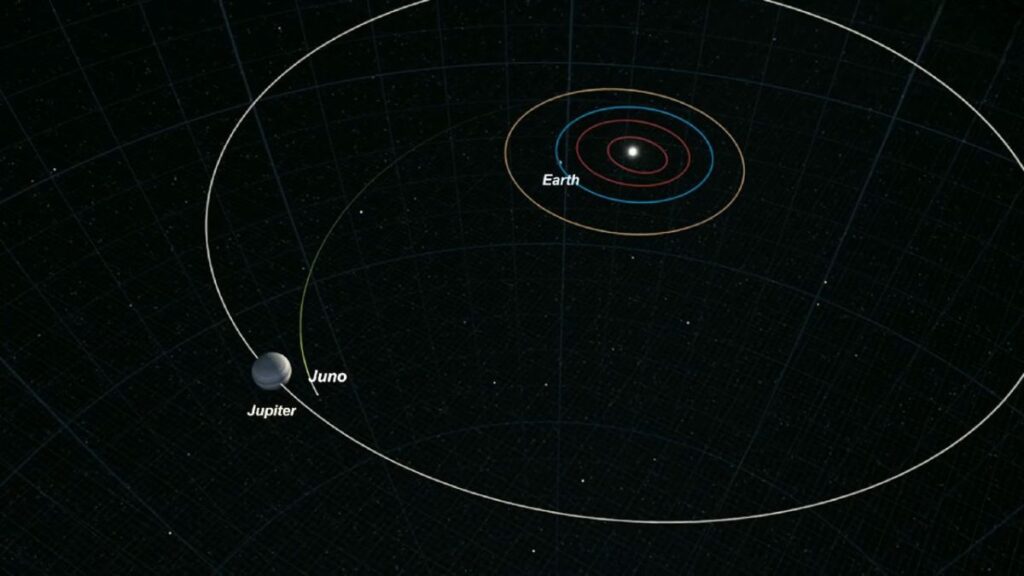
After traveling for five years and 2.8 billion kilometers, the space probe began orbiting Jupiter on July 5th, 2016.
After completing most of its primary objectives, NASA extended Juno’s mission and set its sights on some of Jupiter’s largest moons.
In total, the extended mission will add 42 orbits or perijoves by 2025.
At the end of which, NASA will deorbit the probe by burning it up in Jupiter’s atmosphere to avoid potentially contaminating those moons.
This procedure is in accordance with NASA’s planetary protection guidelines, but it’s of special importance in Juno’s case.
Scientists have long wondered whether there could be life on Jupiter’s inner moons, and NASA doesn’t want to muddy up any future discoveries that could be made there.
So on the 7th of June 2021, Juno performed its close flybys of Ganymede using a gravity assist to bring its orbital period from 53 days down to 43 days.
Juno had already performed a distant flyby of Ganymede in 2019 when it reached a proximity of 97,000 kilometers, but this one brought the probe within just 1,000 kilometers of the moon’s surface.
In this photograph captured by JunoCam, you can see nearly half of Ganymede’s total surface in breathtaking detail.
For reference, the resolution is about one kilometer per pixel.
I love the crisp rendering of Ganymede’s unique structural features; you can practically feel its texture with your fingertips.
Notice how the icy surface is littered with craters, light and dark patches, and long striations.
The darker areas show all the terrain which is heavily cratered whereas the lighter areas are comparatively younger and less created.
But what about those long striations?
We know, based on previous data, that Ganymede contains at least one vast, salty subsurface ocean beneath its icy outer layer, which some speculate could be suitable for life.
Scientists think that these long structural features might reveal faults produced by tectonic movements generated by heat from the moon’s iron-nickel core, but this is a subject of ongoing research.
This image taken from the same flyby on the 7th of June shows Ganymede’s Tauros crater in greater detail.

The reason it appears so bright is that it’s covered in ice.
Here is another image from the 7th of June, which I find remarkable.
It’s a photograph of Ganymede’s dark side and it was taken by Juno’s Stellar Reference Unit navigation camera.
The Stellar Reference Unit was designed to keep Juno on course using Starlight, which makes it ideal for photographing low-light conditions.
For scale, the resolution is between 600 and 900 meters per pixel.
Again, notice the moon’s long striations and craters, some of which are stacked on top of each other.
I’ve seen a lot of photos of Ganymede, many of which I’ve covered previously, but I’m impressed by the level of detail Juno was able to capture in such low-light conditions.
Interestingly, one of the most surprising discoveries from the mission came not from the orbiter itself, but from Hubble—yes, that Hubble.
Allow me to explain.
You see, to support Juno’s exploration of the Jovian moons, NASA asked Hubble to monitor Ganymede’s ultraviolet signals.
Ganymede has an atmosphere, albeit a very thin one, and one of NASA’s goals was to find traces of oxygen they long suspected was hiding there.
Normally everyone expected to find plenty of oxygen based on previous analysis of the moon’s ultraviolet emissions, but much to our surprise Ganymede’s atmosphere had very little oxygen in it.
What they found instead was a whole lot of water vapor.
This discovery led to a significant revision of our model of Ganymede’s atmosphere and could suggest that water vapor might even be present in the atmospheres of icy bodies throughout the solar system.
After visiting Ganymede, Juno made its flyby of Europa on the 29th of September, 2022, which gave the probe a gravity assist that shortened its orbit to 38 days.
Here is a dramatic image from the flyby taken at a distance of 351 kilometers.
It shows a portion of Europa just north of the equator.

What I find extraordinary here is the day-night boundary known as the Terminator.
The deep shadows really accentuate the ridges, troughs, and craters riddle the moon’s surface showing it in almost three-dimensional relief.
Scientists think that Europa, like Ganymede, harbors a vast ocean beneath its icy exterior, but new findings suggest there could be a lot more going on than the simple ocean crust model would have you believe.
What do I mean by this?
Well, let’s study the next image.
This photograph was taken by Juno’s Stellar reference unit camera and shows a zoomed-in portion of Europa’s surface.
It was taken during the moon’s night from a distance of 412 kilometers, with a resolution of 256 meters per pixel.
This is the highest resolution image that Juno took of Europa.
At a glance, your first thought might be, What am I looking at?
Well, what you’re seeing is a heavily fractured region of Europa’s surface, crisscrossed with grooves and ice ridges.
And that oddly shaped dark patch just to the right of center could yield important clues as to what’s behind this geological complexity.
Scientists believe this darkened area shows an eruption occurring below the surface ice.
The thing is, Europa’s icy shell is over 10 kilometers thick.
Imagine the pressure needed to penetrate so much ice.
However, a new paper published by the American Astronomical Society proposes a groundbreaking new theory.
According to the paper’s authors, Europa’s cryovolcanic activity shows evidence of brine reservoirs trapped within the icy outer crust.

This would mean that far above the moon’s subsurface ocean there could be lakes of high salinity brine that slushes about, expanding the surrounding ice like a balloon and bursting through on occasion.
It’s a compelling theory, but to prove it, we may have to wait for the European Space Agency’s Clear Permission which will reach Europa sometime in 2030.
I know that’s eight years away, but it’s not too early to mark your calendars.
Let’s head back to Jupiter one more time.
You see, while Juno was paying visits to Ganymede and Europa, it also solved a big mystery that goes back more than 40 years.
When the Voyager Mission first visited Jupiter in 1979, the probes detected mysterious flashes in Jupiter’s atmosphere.
Scientists assumed that these were lightning flashes similar to those we see on Earth, meaning water would have to be present in all its states, solid, liquid, and gas.
Given what we know of Jupiter’s atmosphere, this would put the storms at least 45 kilometers below the visible cloud tops.
However, Juno disproved this theory and the truth is stranger than we imagined.
The Juno’s Stellar reference unit camera saw something weird: nighttime flashes at a far higher altitude than we thought possible.
Given the incredibly cold temperatures at this altitude, reaching below -88 degrees Celsius, scientists deduced that the storms were made of ammonia.
Water-based clouds, a phenomenon that doesn’t exist here on Earth.
In these strange and violent thunderstorms, the ammonia acts like an antifreeze, forming a solution of two parts water, one part ammonia that remains liquid despite unimaginably cold conditions.
And apparently, as these thunderstorms produce powerful lightning strikes, they are raining down massive hail made of water-ammonia slush, an unusual precipitation that scientists are calling mush balls.
Jupiter is a strange planet and the more we learn, the stranger it gets. So there we have it.
Some of the best highlights of the trailblazing Juno Mission.
Since we last checked in, the next stop for Juno will be IO sometime in 2023, and personally, I can’t wait to see what’s in store.
Juno has vastly exceeded my expectations every step of the way, and if Ganymede and Europa are any indication, our understanding of IO is about to get a whole lot more interesting.
Juno has returned some crisp, amazing images.
If you’re like me, one of the things you love about space is the incredible beauty of the vistas we find out there.
Our solar system is filled with views of planets and other objects that make my jaw drop in awe.

